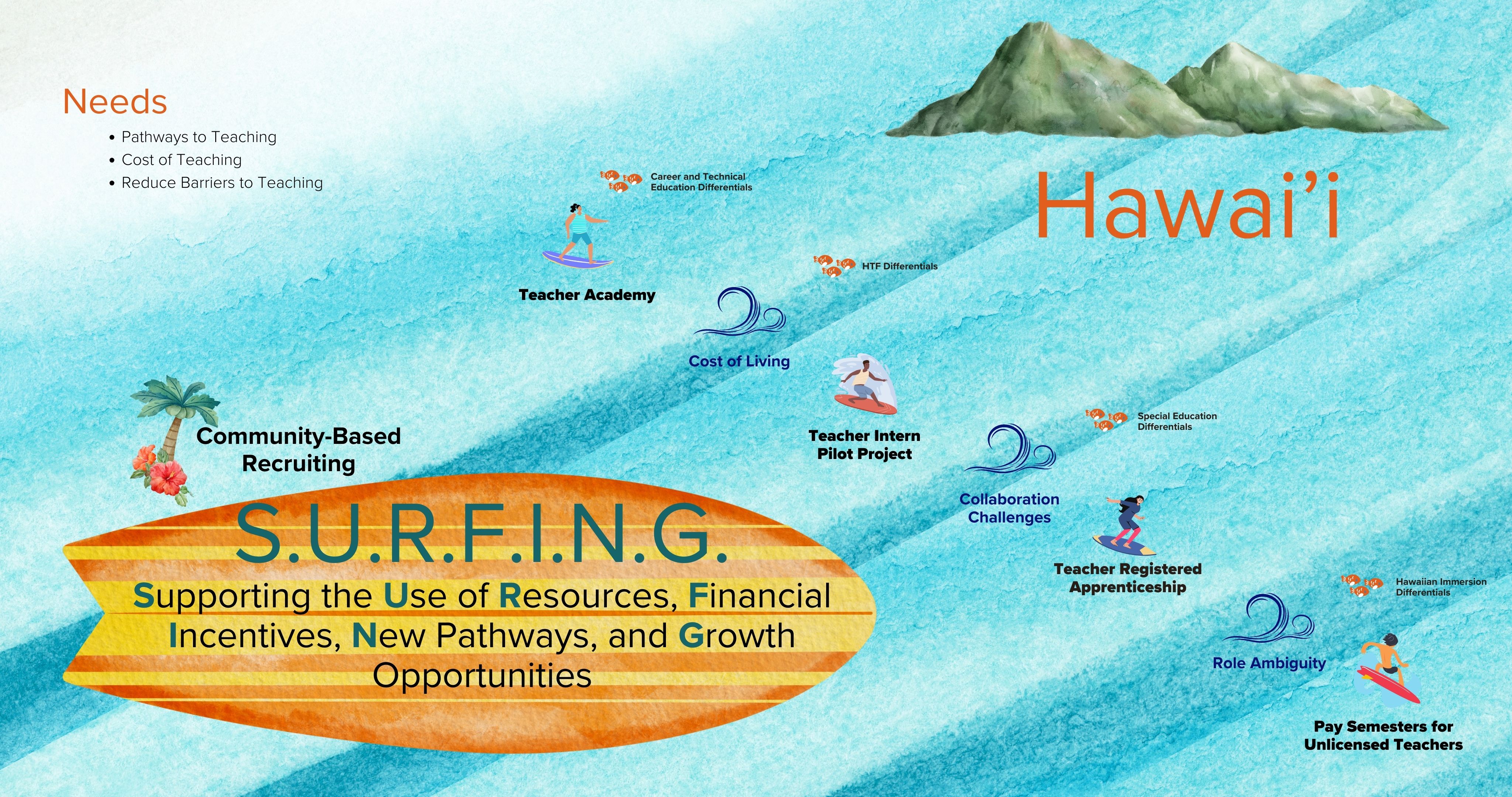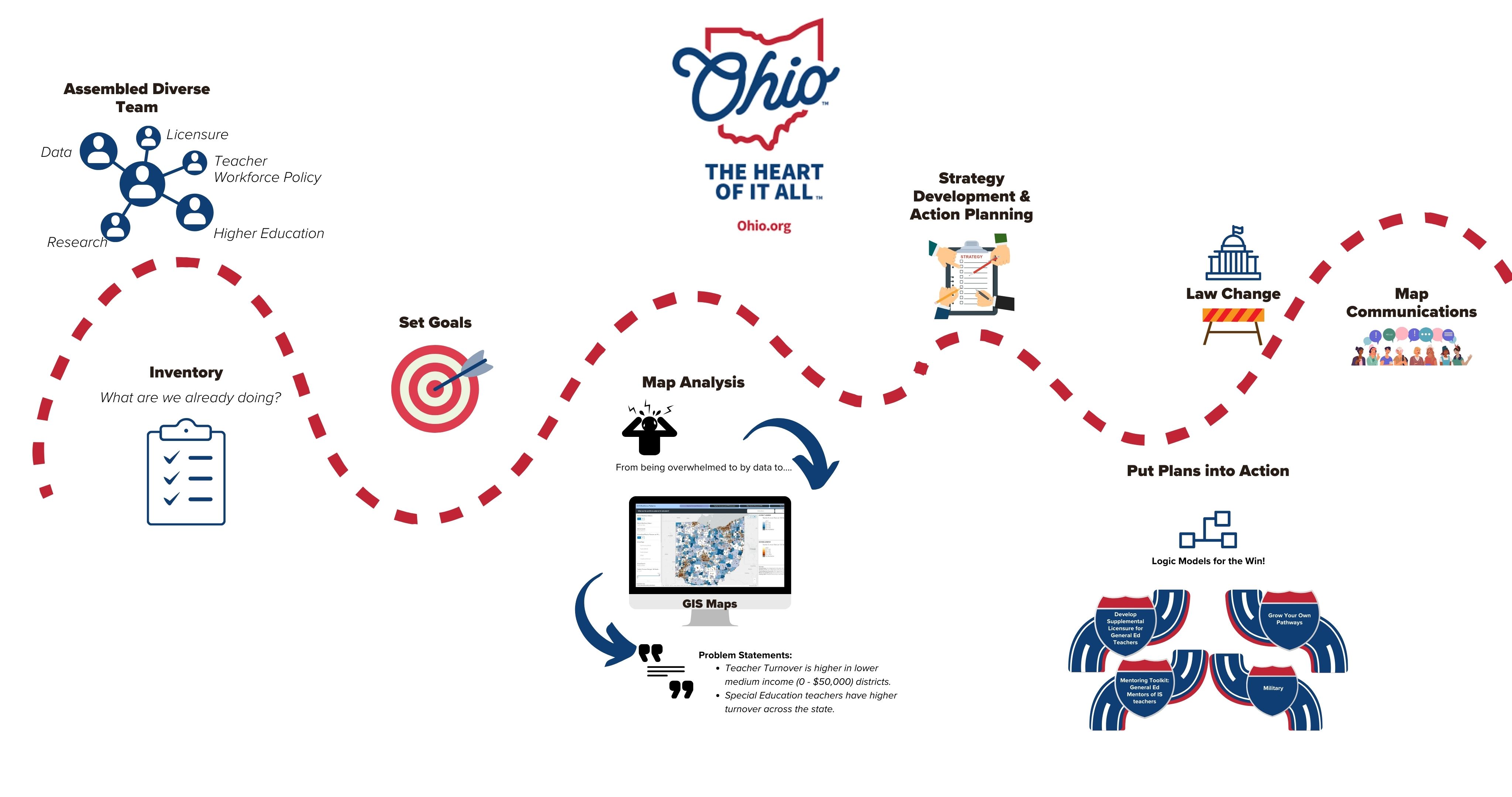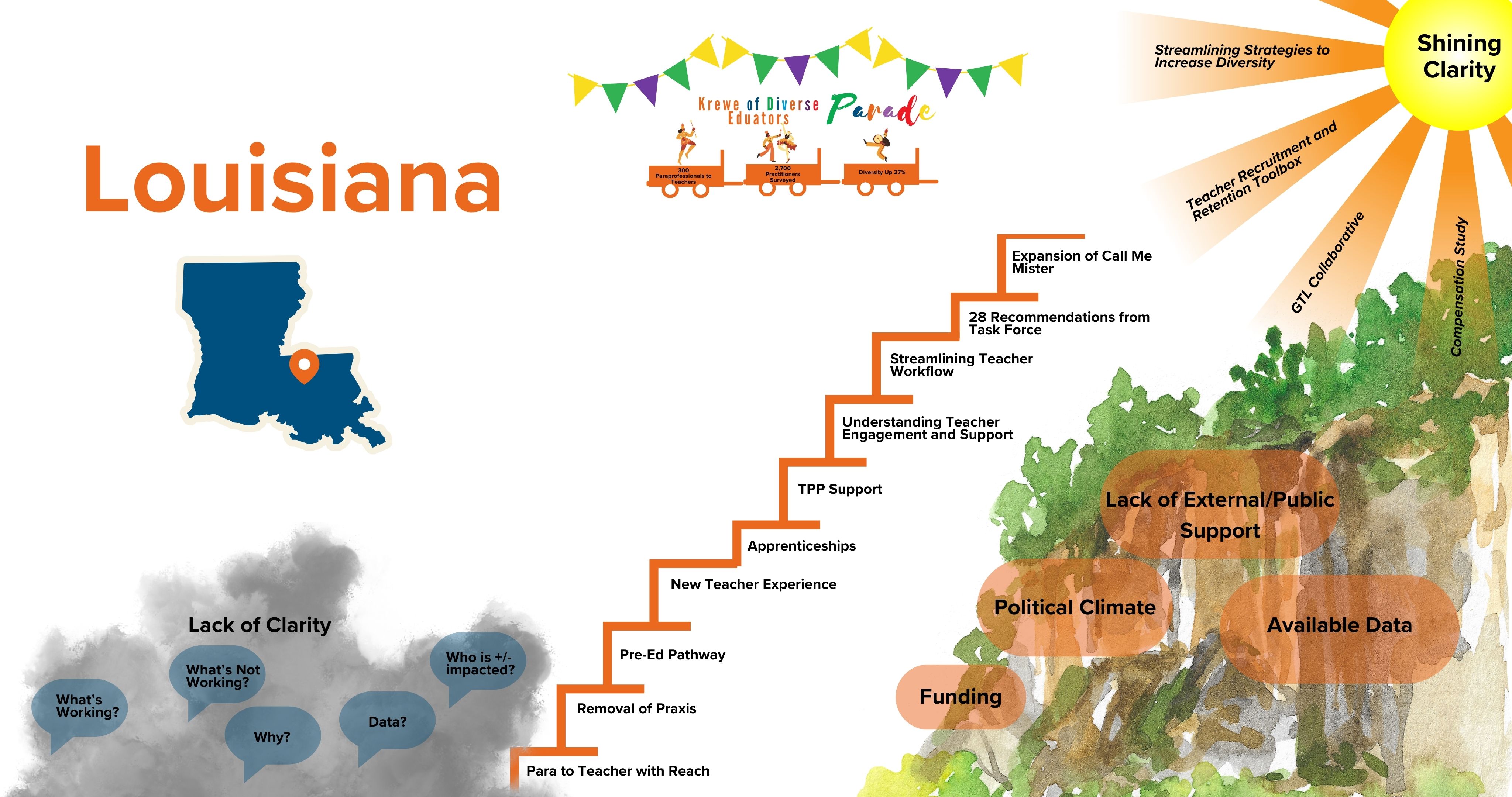Ohio State Team
Journey Map

Ohio began by assembling a Collaborative state team that included staff from multiple agencies, departments, and policy areas to ensure the right voices were included in the conversation.
As a first step, Ohio inventoried all of the educator workforce initiatives and efforts that were already underway in the state.
Next the team worked to set some goals:
- Data: understand educator shortages and diversity across the state
- Communicate: work with other offices and staff to share data findings and identify solutions
- Connect: build links between higher education and K-12 data to better understand supply and demand
While initially overwhelmed by the volume of data available, the team used GIS maps to turn the data into something understandable and actionable. Eventually, working with the maps led them to several problem statements that grounded and guided their strategic planning.
As part of the Collaborative, the team utilized a number of tools to move from identifying problems to finding workable solutions through strategy development and action planning.
For example, the team used the GTL Center's READI Framework to begin thinking about how different strategies may need to be tailored to work in underserved schools and settings.
Team Ohio next moved forward with creating logic models to define how the potential strategies would produce the intended outcomes. The team identified four areas to focus on in addressing their educator workforce challenges:
- Develop Supplemental Licensure for General Education Teachers
- Develop a Mentoring Supports for General Education Mentors of Intervention Specialist Teachers
- Support Grow Your Own Pathways
- Recruiting from U.S. Military Service Members
Team Ohio hit a legislative bump, however, when the state decided to restructure state government by dividing up services across three new agencies. While this structural shift takes place, the team is focusing on working with key audiences in understanding how to learn from the data and information available in the GIS Maps.
Team Ohio is using an asset-based approach tailored to each of it's key audiences to share and invite further planning and discussion around the GIS maps.
For example, with the Higher Education community, Ohio is using the maps and data for program development and improvement, particularly to track where program graduates are hired after leaving the program.
State Journey Maps
Hawai'i: S.U.R.F.I.N.G
Team Hawai'i used the metaphor of S.U.R.F.I.N.G. to illustrate the way their state is thinking about using community-based recruiting to ride the waves of educator workforce challenges that are unique to their state.
Ohio: The Path to Action
Team Ohio described their whole journey from team formation to recent legislative road bumps, as well as the educator workforce strategies underway in the state.
Louisiana: Finding Clarity
Team Louisiana described how their experience helped to shift their team's level of understanding from cloudy confusion to shining clarity, which in turn has helped streamline action planning and produce meaningful impacts for the field.
Thanks for viewing the Journey Maps.
Use the button below to return to the GTL Center Collaborative page.




